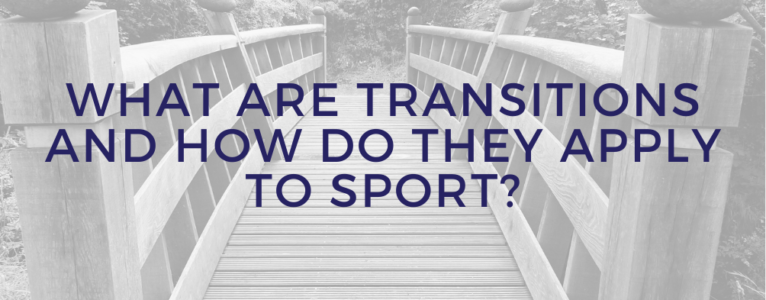Over the years, I had heard a lot about change and as the quote “there is nothing permanent except change” ~ Heraclitus of Ephesus indicates having undergone many changes myself. However, I hadn’t really heard about transitions or been aware of transitions (even though I had undergone many) until a few years back and started investigating further.
What is a Transition?
There are a number of definitions on transitions as well including –
- “the process or a period of changing from one state or condition to another” ~ Google
- “movement, passage, or change from one position, state, stage, subject or concept etc., to another” ~ Dictionary.com
- “a change from one state or condition to another” ~ Merriam-Webster
According to William Bridges in his book Managing Transitions: Making the Most of Change, transitions are psychological and have a 3 phase process (see below), whereas change is situational. In his books Transitions: Making Sense of Life’s Changes and Managing Transitions: Making the Most of Change, he talks about the process of transition having three phases –
- an ending (letting go of a situation);
- a neutral zone (the confusing or distressing area of in-betweenness)
- a new beginning (launching in to a new situation).
How Do Transitions Apply to Sport?
There are many transitions in sport and some of them are bigger transitions than others. However, it also depends on how we look at them. For example – retiring from sport can be more challenging than driving home each day from training (which is also a transition), however even this example can depend on a variety of variables.
Wylleman, Alfermann and Lavallee (2004) propose four transitional phases an athlete experience throughout their sport. They are –
- Athletic development level (e.g. starting in the sport, developing in the sport, sport mastery, retirement),
- Psychological development (e.g. moving from adolescence into adulthood, elite to professional),
- Psych-social development (e.g. coach-athlete relationships, family relationships and new teammates).
- Education and professional development (e.g moving from primary to secondary to university to professional development).
Following are some other examples of what could be perceived as bigger transitions that occur in sport, however please remember many activities in life can be a transition –
- attracting a new sponsorship deal (or losing one),
- being separated from family and friends,
- getting married,
- getting injured or coming back from injury,
- having a child,
- moving countries to train and travelling as an athlete in general, or
- living on your own for the first time.
Reflection Questions –
What are the Transitions You have Experienced in your Sport?
- Think back on all of the transitions you have had in your sport.
- What type of transitions have you experienced? Have you experienced changes in your team / relationships (family, friends and others), your body, finances and /or responsibilities.
When you are ready to reclaim your courage and take the next step towards freedom and living whole-heartedly (i.e. across sport and life), you are also welcome to join our newsletter here.
Reference –
Bridges, W. (1991). Managing Transitions: Making the Most of Change. London, Great Britain: Nicholas Brealey Publications.
Wylleman, P., Alfermann, D., & Lavallee, D. (2004). Career transitions in sport: European perspectives. Psychology of sport and exercise, 5(1), 7-20.


Hello. Thank you for always good blog.
Thanks for sharing Dangelo.